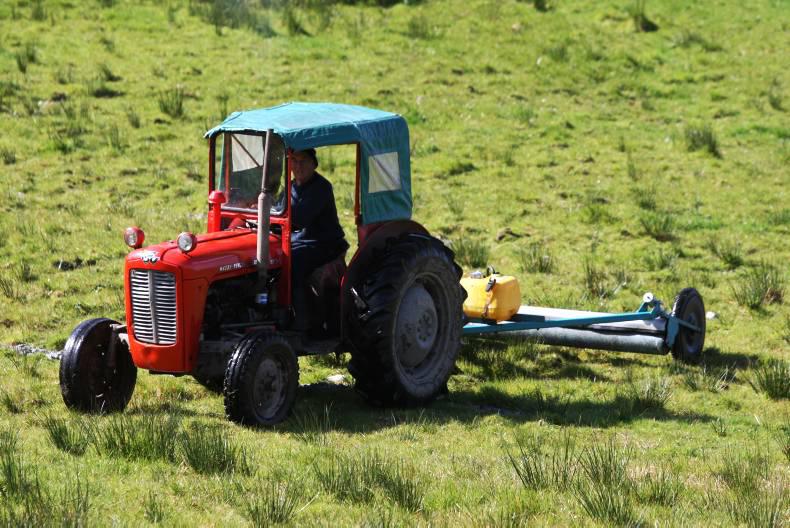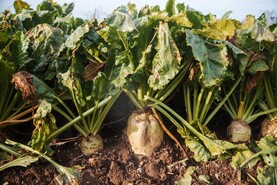Here we look at the options available for controlling rushes.
Occurrence
Rushes occur on wetter soils, with lower soil fertility levels. Open or damaged swards are more susceptible to infestations as they provide space for the rush to establish. With last summer being so wet, as well as this spring, ground conditions deteriorated on most farms and poaching occurred.
Species
Soft rush is the most common type of rush in Ireland. It expands through the production of short creeping rhizomes to form new shoots and ultimately new plants develop. Plants that go undisturbed can grow into clumps over one metre tall. Soft rush normally flowers during June-July but perhaps a month later in colder regions.
Persistence and spreading
Depending on the conditions in a field, rushes can either grow as tufts or just continue to spread from a clump. At the end of the day if grass growth is good rushes will struggle to establish in the sward. Unfortunately, land must be drier for grass to compete directly with the rushes but growing grass will also help pump water from the soil to impact on rush growth. Enhancing grass growth will, in turn, reduce the existence of rushes in your paddocks.
Worryingly, rushes have the potential to produce 8,500 seeds per fertile shoot every year. However, they only germinate if conditions are favourable and allow them to do so.
Management/Control
Improving drainage, grazing management, fertilizer application, topping and chemical control will in turn successfully inhibit rushes. Note, fertiliser should only be spread in conjunction with grazing and topping to ensure that it is the grass that reaps the rewards of the fertilizer and not the rushes. Livestock tend not to graze rushes but cattle can help restore a heavily infested rushy pasture to a more open grassy sward by trampling on clumps of rushes while also prevent establishment of newly formed seeds.
Fundamentally, the first step to treating all rushes is topping/mowing.
Whether you are licking or spraying, topping is advised to promote fresh green re-growth capable of taking in the herbicide. This also helps weaken the food reserves within the plant.
The reason for topping is that rushes are a perennial plant and old wintered foliage will give poor chemical uptake. Older stems may have developed thicker cuticles and epidermal layers which makes it more difficult for the herbicides to penetrate.
Products such as MCPA or 2,4-D, applied at their recommended rates are particularly effective in decreasing the area infested. Roundup is very successful when used through weed lickers but care is needed as it will kill more than just rushes.
Regardless of the direct action taken the key to success is to ensure that grass is made to grow more actively to compete with the rushes and to pump water out of the soil.
Soil fertility
Rushes were traditionally a problem on wetter soils but it is not uncommon to see them establish in what could be described as dry paddocks in recent years. Rush establishment and growth appears to be easier where grass growth is being limited by some aspect of soil fertility or management.
Low pH would not seem to directly favour rushes but it will hinder grass growth by decreasing nutrient availability.
A fundamental step in any control programme is to know exactly what is happening in the soil. This can easily be established through a soil test to provide the basis for essential lime and fertiliser applications






 This is a subscriber-only article
This is a subscriber-only article










SHARING OPTIONS: